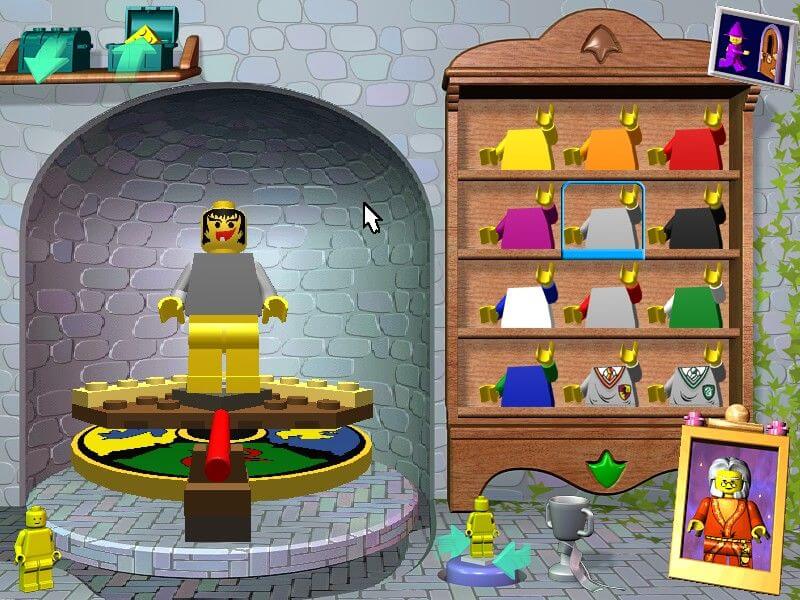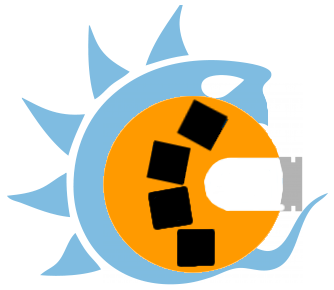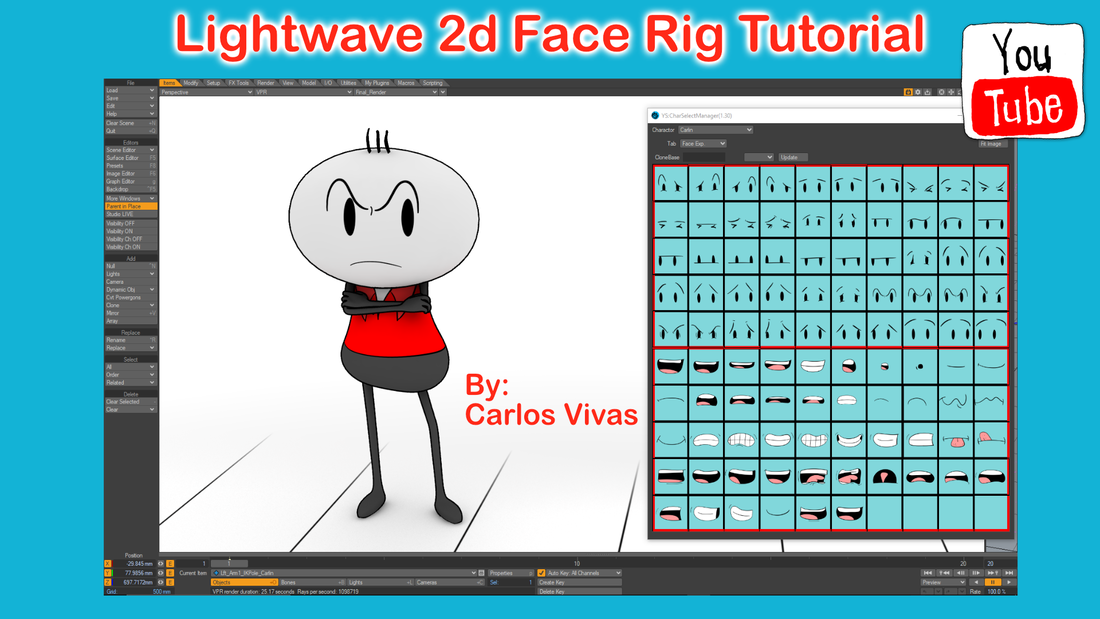


1b, where frequency combs are used as sources for the signal carrier and LO. We consider a multichannel optical transmission system like the one in Fig. Furthermore, we show that a different, joint phase-estimation scheme will increase the tolerance to rapid phase fluctuations induced by nonlinearities in frequency comb-based systems.įrequency comb-based transmission system with joint phase processing Our results show that master-slave carrier recovery results in only small penalties, but reduces complexity. This is the first demonstration that such joint carrier recovery works in the presence of standard transmission impairments such as chromatic dispersion, polarization drift, amplifier noise and fiber nonlinearities. We transmit 25 channels with 20 GBaud polarization multiplexed 64-ary quadrature amplitude modulation (PM-64QAM) up to 160 km and evaluate joint carrier recovery by receiving two channels simultaneously in synchronized coherent receivers. In this work, we demonstrate a comb-based transmission system utilizing joint carrier recovery. It has been suggested that joint phase processing can be implemented with optical frequency comb sources 19, 20, 21, 22 but it has not been demonstrated in a transmission experiment.

Having access to multiple channels impaired by the same phase noise means that the phase estimation can be made more efficient in terms of phase tracking capabilities 15, 16, 17, or power consumption of the digital electronics 18. This is consistent with the superchannel concept, where a set of wavelength-division multiplexed channels are routed and treated as one entity in a transmission network 14. Instead, the channels can be processed jointly, exploiting the phase-noise correlation between them. When many channels suffer from the same phase noise, the traditional techniques that realize phase tracking on a channel-by-channel basis (Fig. This DSP function can be simplified by using analog methods to phase-lock the LO to the carrier, but at the cost of decreased spectral efficiency and an increased analog complexity 11, 12, 13. Modern lightwave communication systems compensate for phase noise using digital signal processing (DSP), which is a main source of power consumption in the receiver. While the lines of frequency combs also suffer from random phase variations, the broadband phase coherence correlates the variations between WDM channels, as illustrated in Fig. Phase noise arises mainly from random phase variations of the carrier and local oscillator (LO) light sources, which are usually semiconductor lasers. In a lightwave communication system that uses a frequency comb in place of multiple lasers, the importance of the phase-locking of the comb lines is that all the channels suffer from similar optical phase noise-a fundamental noise source that results in one of the predominant impairments in coherent optical receivers. This characteristic has been instrumental in expanding the portfolio of comb-based applications 8, 9, 10, but its use in lightwave communication systems has been limited. Next in the hierarchy of the comb properties to be exploited is the broadband phase coherence (comb lines are phase locked to each other).

This enables high-spectral-efficiency transmission by minimizing the spectral guard bands between wavelength channels 5, 6, and allows for an efficient pre-compensation of fiber nonlinearities 7. One of the key advantages of frequency combs in optical communication is that the separation between consecutive lines is extremely stable. Import 2d.Optical frequency combs were originally conceived for establishing comparisons between atomic clocks 1 and as a tool to synthesize optical frequencies 2, 3, but they are also becoming an attractive light source for coherent fiber-optical communications, where they can replace the hundreds of lasers used to carry digital data 4. Go to the " HeroActor " java class where we must create the actual functions of the movement Public class HeroUserData extends UserData īecause this tutorial is getting too long, lets just implement the movement part and let the jump and the slide for the next one.
#Lightwave tutorials 2018 character code
PolygonShape heroShape = new PolygonShape() įixtureDef heroFixture = new FixtureDef() īody.setGravityScale( 5F) body.resetMassData() īody.setUserData( new HeroUserData( 0.8F, 1.4F)) Īnd finally in the " box2d " package, we must create a " HeroUserData " class with the below code


 0 kommentar(er)
0 kommentar(er)
